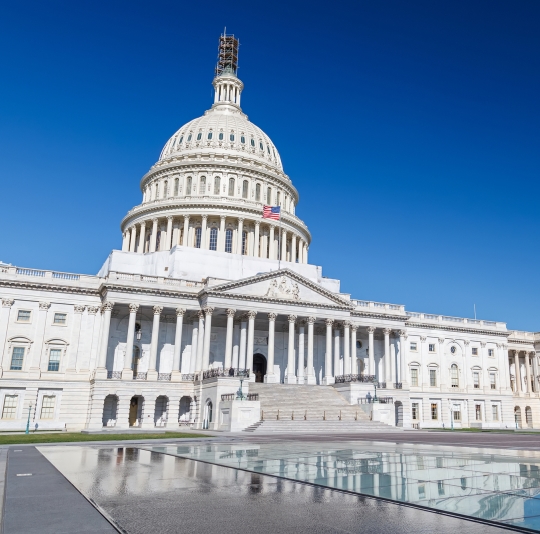Press Releases
Wexton Amendment to Measure Economic Impact of Ocean Acidification on Chesapeake Bay Businesses Approved by Committee
Washington, DC,
May 1, 2019
Congresswoman Wexton’s amendment would ensure an accurate assessment of the impact ocean acidification will have on Virginia’s robust commercial fishing industry and outdoor recreation An amendment offered by Congresswoman Jennifer Wexton (D-VA) during the Science, Space, and Technology Committee markup of H.R. 1716, the Coastal Communities Ocean Acidification Act of 2019, passed unanimously. The amendment directs the National Oceanic and Atmospheric Administration (NOAA) to include in their assessment on the social and economic vulnerability of communities affected by ocean acidification, the economic impact on commercial fisheries and outdoor recreation. “The economies of coastal states and their communities rely on the success of commercial fisheries and outdoor recreation,” said Congresswoman Jennifer Wexton. “These industries support millions of jobs and generate billions of dollars in revenue, and many are family-owned.” “In my home state of Virginia, the Chesapeake Bay has one of the largest commercial shellfish industries in the United States and supports a vibrant recreation economy. However, the Bay is likely to feel the effects of ocean acidification more quickly than other regions due to its unique characteristics.” Congresswoman Wexton’s amendment is also supported by the Seafood Harvesters of America, who represent commercial fishermen and women throughout the U.S. About H.R. 1716, the Coastal Communities Ocean Acidification Act of 2019: Ocean Acidification Threatens Our Coastal Communities:
From the Ocean Conservancy, background on Virginia’s commercial fishing industry:
### |



